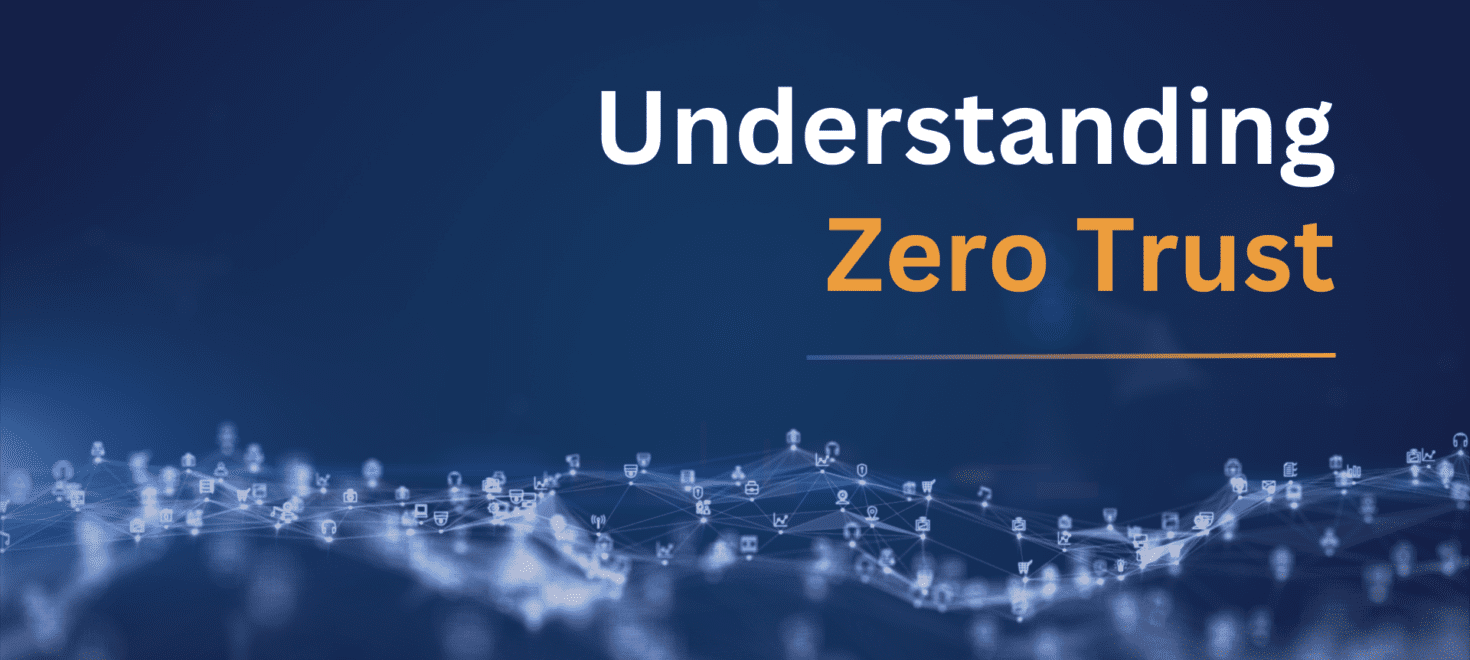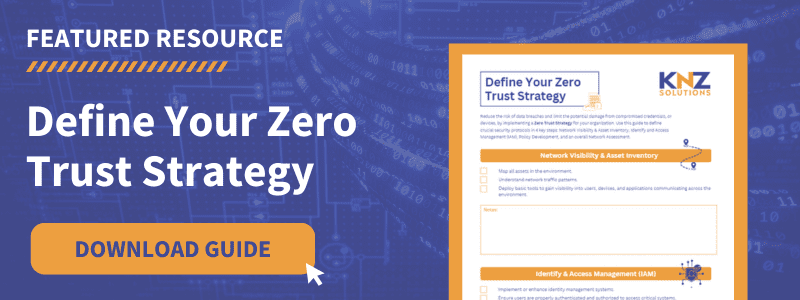Definitions, Misconceptions, and Myths
In today’s rapidly evolving cybersecurity landscape, the concept of zero-trust security has gained significant traction. However, despite its growing popularity, there are still many misconceptions and myths surrounding what zero-trust actually entails. This blog post aims to clarify the true definition of zero-trust network security solutions and debunk some common myths.
What is Zero-Trust Security?
At its core, zero-trust security is a paradigm shift from traditional security models. The fundamental principle of zero-trust is encapsulated in the phrase: “never trust, always verify”. (Source: Wikipedia).
This means that no user or device, whether inside or outside the network, is trusted by default. Instead, every access request must be authenticated, authorized, and continuously validated based on dynamic policies.
Key characteristics of a zero-trust security model include:
Strict Identity Verification: Every user and device must be verified before gaining access to network resources.
Least Privilege Access: Users are granted the minimum level of access necessary to perform their tasks.
Micro-Segmentation: The network is divided into smaller segments to limit the lateral movement of threats.
Continuous Monitoring and Validation: Security policies are enforced in real-time, and access is continuously monitored and re-evaluated.
By focusing on these principles, zero-trust aims to reduce the risk of data breaches and limit the potential damage form compromised credentials or devices. (Source: IBM).

Common Misconceptions and Myths about Zero-Trust
Despite its clear principles, several misconceptions and myths about zero-trust persist. Here are some of the most common ones:
Myth: Zero-Trust is Only for Large Enterprises
Reality: While zero-trust was initially adopted by larger organizations, its principles are scalable and can be implemented by businesses of all sizes. Small and medium-sized enterprises can also benefit from the enhanced security posture that zero-trust provides. (Source: Forbes).
Myth: Zero-Trust is a Single Product or Solution
Reality: Zero-trust is not a one-size-fits-all product but a comprehensive security strategy. It involves a combination of technologies, policies, and practices tailored to an organization’s specific needs. (Source: Zentera).
Myth: Zero-Trust Eliminates the Need for a Perimeter
Reality: Zero-trust does not eliminate the need for perimeter defenses but rather complements them. It acknowledges that threats can exist both inside and outside the network, thus requiring robust internal security measures. (Source: TechRadar).
Myth: Zero-Trust is Too Complex to Implement
Reality: Implementing zero-trust can be complex, but it is achievable with a phased approach. Organizations can start with critical assets and gradually expand their zero-trust policies across the network. (Source: Security Boulevard).
Myth: Zero-Trust Means Zero Breaches
Reality: While zero-trust significantly enhances security, it does not guarantee zero breaches. It aims to minimize the impact of breaches by limiting access and containing threats. (Source: CSO Online).
Conclusion
Zero-trust security solutions represent a fundamental shift in how organizations approach cybersecurity. By adhering to the principles of “never trust, always verify,” organizations can better protect their assets in an increasingly complex threat landscape. However, it is crucial to understand what zero-trust truly entails and dispel the myths that may hinder its adoption. Whether you are a large enterprise or a small business, embracing zero-trust can lead to a more resilient and secure network environment.
Want to learn more about Zero Trust? See our Zero Trust posts here.
About the Author:

Zack Benjamin is a passionate and seasoned Engineer and Team Leader with over 15 years of hands-on experience working with Network and Security Infrastructure. His deep expertise spans everything from architecture design to meticulous planning and seamless implementation. Zack’s enthusiasm for his field is evident in his dynamic leadership style, which excels at building and guiding high-performing teams of engineers.
Not just a technical expert, Zack is also deeply interested in the rapidly evolving fields of artificial intelligence and cybersecurity. His knack for delivering bespoke consulting services to a diverse clientele ensures that each unique environment receives tailored, innovative solutions to its most complex challenges. As technology continues to evolve, we must grow and adapt to increasingly complex tactics deployed by malicious actors, while leveraging holistic solutions that enhance both resiliency and workflow efficiency for a diverse range of unique customer environments.




